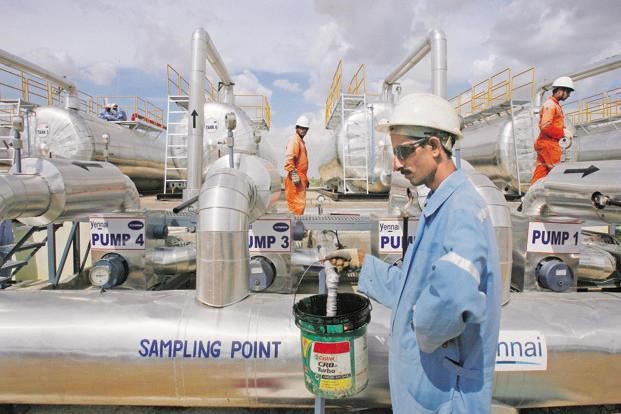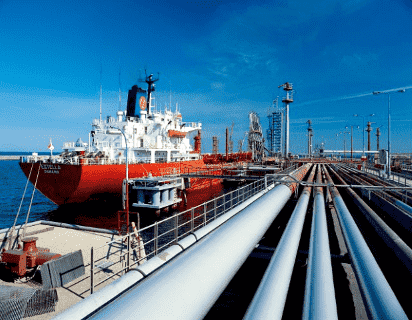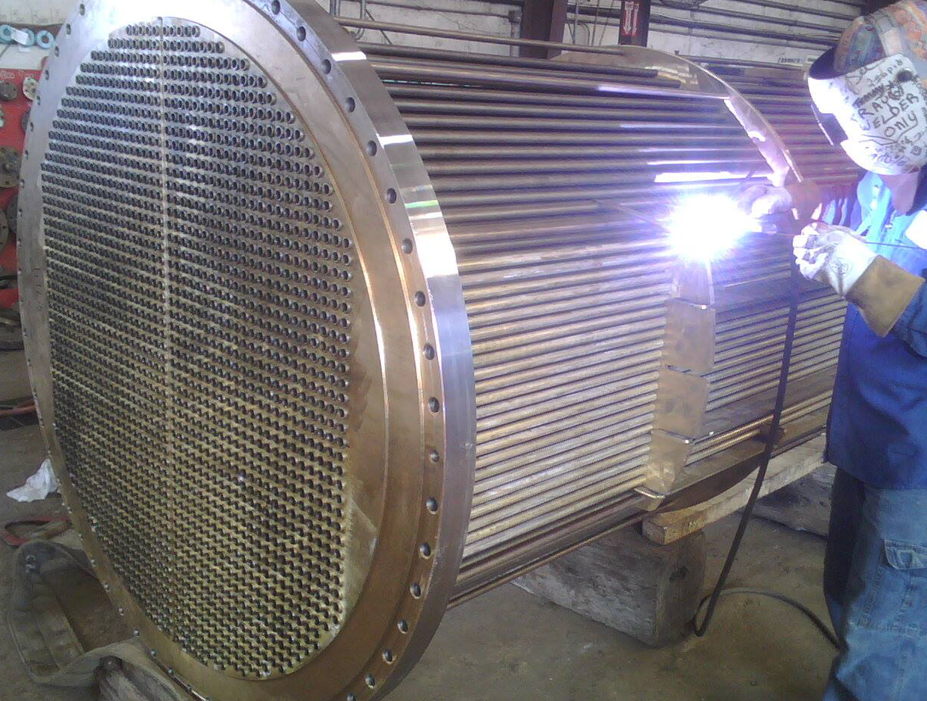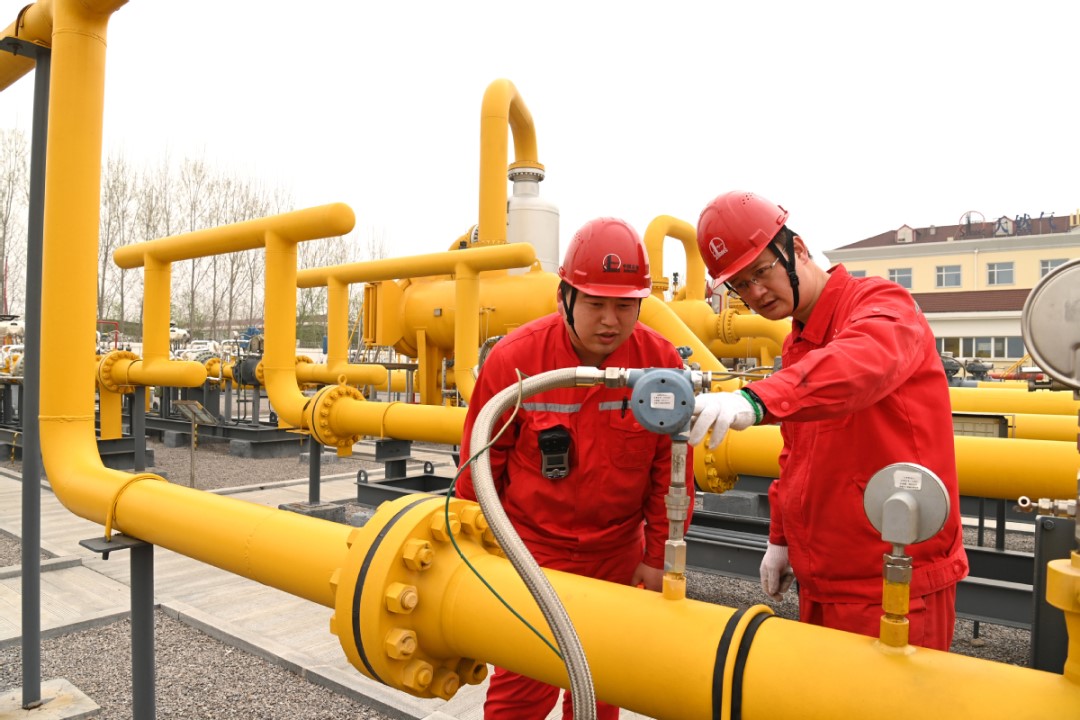COURSE OVERVIEW
PE0987 : De-Sulfurization Technology

OVERVIEW
| COURSE TITLE | : | PE0987 : De-Sulfurization Technology |
| COURSE DATE | : | Aug 17 - Aug 21 2025 |
| DURATION | : | 5 Days |
| INSTRUCTOR | : | Dr. Hesham Abdou |
| VENUE | : | Dubai, UAE |
| COURSE FEE | : | $ 5500 |
| Request For Course Outline | ||
Course Description
This practical and highly-interactive course
includes real-life case studies and exercises
where participants will be engaged in a series of
interactive small groups and class workshops.
Atmospheric residue desulfurization (ARDS)
process is extensively used in upgrading of heavy
petroleum oils and residues to more valuable clean
environmentally friendly transportation fuels and to
partially convert the residues to produce low-sulfur
fuel oil and hydrotreated feedstocks. Graded
catalyst systems in multiple reactors are used in the
process in order to achieve hydrodesulfurization
(HDS), hydrodemetallization (HDM),
hydrodenitrogenation (HDN), and conversion of
residues to distillates at desired levels. The
characteristics of the feedstocks processed in
different reactors are significantly different. The
quality of the feed entering the second reactor is
strongly dependent on the operating severity in the
first reactor and can have an important impact on
the performance of the catalysts in the following
reactor with regard to various conversions and
deactivation rate.
Atmospheric Residue Desulfurization (ARDS) is a
well-established hydro treating process, operated
primarily to desulfurize atmospheric residues from
Crude units and to prepare feed stocks for
downstream conversion units like Hydrocrackers
and Delayed Coker units. The product, desulfurized
residue, is not only low in sulfur but has improved
pour points and lower viscosities as well.
This course is designed to provide participants with a detailed and up-to-date
overview of atmospheric residue desulfurization unit. It covers the hydrotreating
chemistry, thermodynamics, hydrodesulfurization, hydrodenitrogenation and
hydrodeasphalting; the aromatic hydrogenation, the effects of feedstock and noncatalytic
residue upgrading processes; the solvent deasphalting and correlations for
solvent deasphalting; the thermal process, catalysis, catalysts supports, catalytic
processes and residue-fluidized catalytic cracking; the hydroprocessing, fixed bed
process, moving bed process, ebullated bed process and slurry bed process; and
the aquaconversion, HDM catalysis and catalysts deactivation.
During this interactive course, participants will learn to employ catalyst regeneration,
metals recovery and the transportation fuels from the bottom of the barrel of Chevron
lummus global RDS/VRDS hydrotreating; apply selective hydrogen processes, UOP
unionfining technology, UOP RCD unionfining process and catalytic dewaxing
processes; identify the UOP unisar process for saturation of aromatics; apply startup
and shutdown, isocracking-hydrocracking for superior fuels and lubes and UOP
unicracking process for hydrocracking; recycle H2 purification process and
hydrocracking consumption; and carryout H2S removal, reactor internals and FCC
FEED hydrotreating.
link to course overview PDF
includes real-life case studies and exercises
where participants will be engaged in a series of
interactive small groups and class workshops.
Atmospheric residue desulfurization (ARDS)
process is extensively used in upgrading of heavy
petroleum oils and residues to more valuable clean
environmentally friendly transportation fuels and to
partially convert the residues to produce low-sulfur
fuel oil and hydrotreated feedstocks. Graded
catalyst systems in multiple reactors are used in the
process in order to achieve hydrodesulfurization
(HDS), hydrodemetallization (HDM),
hydrodenitrogenation (HDN), and conversion of
residues to distillates at desired levels. The
characteristics of the feedstocks processed in
different reactors are significantly different. The
quality of the feed entering the second reactor is
strongly dependent on the operating severity in the
first reactor and can have an important impact on
the performance of the catalysts in the following
reactor with regard to various conversions and
deactivation rate.
Atmospheric Residue Desulfurization (ARDS) is a
well-established hydro treating process, operated
primarily to desulfurize atmospheric residues from
Crude units and to prepare feed stocks for
downstream conversion units like Hydrocrackers
and Delayed Coker units. The product, desulfurized
residue, is not only low in sulfur but has improved
pour points and lower viscosities as well.
This course is designed to provide participants with a detailed and up-to-date
overview of atmospheric residue desulfurization unit. It covers the hydrotreating
chemistry, thermodynamics, hydrodesulfurization, hydrodenitrogenation and
hydrodeasphalting; the aromatic hydrogenation, the effects of feedstock and noncatalytic
residue upgrading processes; the solvent deasphalting and correlations for
solvent deasphalting; the thermal process, catalysis, catalysts supports, catalytic
processes and residue-fluidized catalytic cracking; the hydroprocessing, fixed bed
process, moving bed process, ebullated bed process and slurry bed process; and
the aquaconversion, HDM catalysis and catalysts deactivation.
During this interactive course, participants will learn to employ catalyst regeneration,
metals recovery and the transportation fuels from the bottom of the barrel of Chevron
lummus global RDS/VRDS hydrotreating; apply selective hydrogen processes, UOP
unionfining technology, UOP RCD unionfining process and catalytic dewaxing
processes; identify the UOP unisar process for saturation of aromatics; apply startup
and shutdown, isocracking-hydrocracking for superior fuels and lubes and UOP
unicracking process for hydrocracking; recycle H2 purification process and
hydrocracking consumption; and carryout H2S removal, reactor internals and FCC
FEED hydrotreating.
TRAINING METHODOLOGY
This interactive training course includes the following training methodologies:
LecturesPractical Workshops & Work Presentations
Hands-on Practical Exercises & Case Studies
Simulators (Hardware & Software) & Videos
In an unlikely event, the course instructor may modify the above training methodology for technical reasons.
VIRTUAL TRAINING (IF APPLICABLE)
If this course is delivered online as a Virtual Training, the following limitations will be applicable:
| Certificates | : | Only soft copy certificates will be issued |
| Training Materials | : | Only soft copy materials will be issued |
| Training Methodology | : | 80% theory, 20% practical |
| Training Program | : | 4 hours per day, from 09:30 to 13:30 |
RELATED COURSES

PE0489 : Crude & Vacuum Process Technology
- Date: Dec 07 - Dec 11 / 3 Days
- Location: Doha, Qatar
- Course Details Register

PE0240 : Liquid Bulk Cargo Handling: CRUDE OIL & LNG: Storage, Separation, Loading, Unloading, Marine Operations, Dehydration, Desalting, Measurement and Calculations
- Date: Dec 07 - Dec 11 / 3 Days
- Location: Dubai, UAE
- Course Details Register

PE0382 : Heat Exchangers & Fired Heaters
- Date: Dec 07 - Dec 11 / 3 Days
- Location: Istanbul, Turkey
- Course Details Register

PE0909(PE8) : Oil & Gas Pipeline Troubleshooting & Operation Problem Solving
- Date: Dec 07 - Dec 11 / 3 Days
- Location: Dubai, UAE
- Course Details Register
